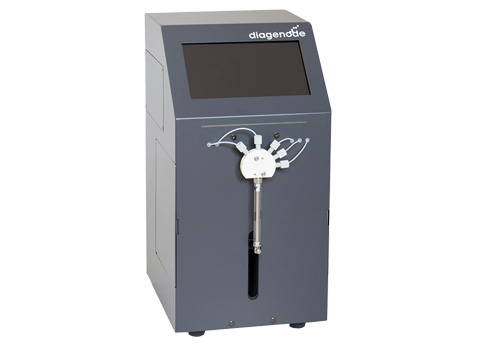Long-read sequencing across the C9orf72 'GGGGCC' repeat expansion: implications for clinical use and genetic discovery efforts in human disease.
Ebbert MTW, Farrugia SL, Sens JP, Jansen-West K, Gendron TF, Prudencio M, McLaughlin IJ, Bowman B, Seetin M, DeJesus-Hernandez M, Jackson J, Brown PH, Dickson DW, van Blitterswijk M, Rademakers R, Petrucelli L, Fryer JD
BACKGROUND: Many neurodegenerative diseases are caused by nucleotide repeat expansions, but most expansions, like the C9orf72 'GGGGCC' (GC) repeat that causes approximately 5-7% of all amyotrophic lateral sclerosis (ALS) and frontotemporal dementia (FTD) cases, are too long to sequence using short-read sequencing technologies. It is unclear whether long-read sequencing technologies can traverse these long, challenging repeat expansions. Here, we demonstrate that two long-read sequencing technologies, Pacific Biosciences' (PacBio) and Oxford Nanopore Technologies' (ONT), can sequence through disease-causing repeats cloned into plasmids, including the FTD/ALS-causing GC repeat expansion. We also report the first long-read sequencing data characterizing the C9orf72 GC repeat expansion at the nucleotide level in two symptomatic expansion carriers using PacBio whole-genome sequencing and a no-amplification (No-Amp) targeted approach based on CRISPR/Cas9. RESULTS: Both the PacBio and ONT platforms successfully sequenced through the repeat expansions in plasmids. Throughput on the MinION was a challenge for whole-genome sequencing; we were unable to attain reads covering the human C9orf72 repeat expansion using 15 flow cells. We obtained 8× coverage across the C9orf72 locus using the PacBio Sequel, accurately reporting the unexpanded allele at eight repeats, and reading through the entire expansion with 1324 repeats (7941 nucleotides). Using the No-Amp targeted approach, we attained > 800× coverage and were able to identify the unexpanded allele, closely estimate expansion size, and assess nucleotide content in a single experiment. We estimate the individual's repeat region was > 99% GC content, though we cannot rule out small interruptions. CONCLUSIONS: Our findings indicate that long-read sequencing is well suited to characterizing known repeat expansions, and for discovering new disease-causing, disease-modifying, or risk-modifying repeat expansions that have gone undetected with conventional short-read sequencing. The PacBio No-Amp targeted approach may have future potential in clinical and genetic counseling environments. Larger and deeper long-read sequencing studies in C9orf72 expansion carriers will be important to determine heterogeneity and whether the repeats are interrupted by non-GC content, potentially mitigating or modifying disease course or age of onset, as interruptions are known to do in other repeat-expansion disorders. These results have broad implications across all diseases where the genetic etiology remains unclear.

